Hot briquetted Iron and Direct reduced Iron, in short HBI, are products that have a significant effect on the market because of their strategic position. The price and Chart of these products are very important as well. The physical form of sponge Iron is round and comes in a pellet which has integrated attributes and that is why we call it by that name.
the purity and percentage of Iron in the sponge iron is about 84 to 95 percent. The high purity of this product is a good source to make and produce Iron and steel. As you recognize the product in the market, there are some points to clear out, the sponge Iron is derived from DRI fines and Crude Iron that is processed and hasn’t reached its melting point. This product is produced with Midrex technology. During this technology, the DRI sludge or fine rehabilitates with some special gases.
First, the gas goes into the reformer and because of its heat and special catalysts they broke into H2 and CO. hydrogen and carbon monoxide coming out or the process goes into the rehabilitation furnace and combines with the oxygen there and make the melted pellets and the Iron ore is revived. In this method or technology, the purity of Iron ore which is about 67 percent of the Sponge Iron is produced during the metallization process at 92 degrees silicious.
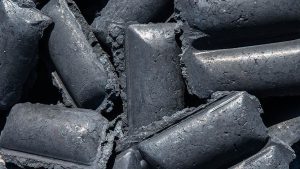
HBI scrap
HBI is the short form of hot briquetted iron which is compressed blocks of iron Ore dust or other derivatives like sponge iron, sponge iron dust, or scrabs of Iron products. The hot briquetted iron is very important because of its improvement abilities in quantity, functionality, storage, and transportation.
So, this industry has developed to produce commodities with the base of Iron to achieve better attributes. Sponge iron and hot briquetted iron are important sources of steel production units and as the name indicates the sponge and integration attributes of the product make its volume and mass higher than other related products (about 50 more percent).
The technology used in the production of Briquetted sponge Iron has its own history which goes back to about 200 years. The philosophy of the briquetted Iron is to use all the byproducts and better use of its scrabs and get them back into the production line.
To reach this goal, the briquette industry has developed. The sponge iron briquettes have two forms, hot briquetted iron, and cold briquetted iron. To produce cold briquetted iron we mostly use dust and small sponge Iron scrabs which we call sponge Iron foams.
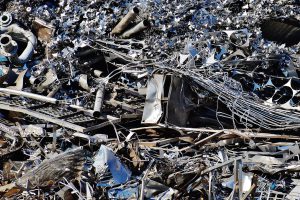
Hot briquetted iron uses sponge iron at 650 degrees silicious. With its history and usage in many different industries, during recent decades, a new functionality of the product has been introduced to the market.
In this industry, there are a lot of leftovers in the process that most factories cannot use because of their small pieces. Some may don’t know of its worth because of its size and different shapes. This may put pressure on the production output yield and economic justification. Hence the importance of this industry is bolder.
HBI cargo
The packaging of HBI is very important because of its shape and physical attribute. Other products can easily go into the cargo, like steel bars and ingots, but HBI needs specific cargo. They go into cartons and packs and then get the factory logo and next carry it to the vehicles.
The hot and cold briquettes are classified as the temperature they get before going to the briquette machine. In the cold briquette production process, the materials enter the machine at room temperature, and based on the inputs they shape as cold briquetted iron or iron ore pellet fines.
But in the process of Hot briquetted iron production, the temperature goes high to 650 degrees and then to the next level. HBI is the safest known product to carry and export. In the field of steel production, China and India are the biggest manufacturers in the market, hence we can see the potential in the production of briquetted iron in Iran because of its sources.
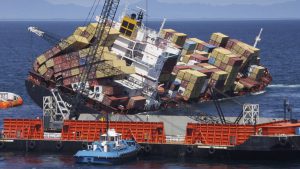
HBI blast furnace
This kind of furnace was built first in China. HBI blast furnace was introduced to the world in about the 5th century BC. These furnaces were built and developed again during the 1500s in Belgium. The fuel used in the furnace was coal.
The biggest blast furnace in IRAN with 2000 cubic meters capacity was built in Isfahan. The technology was brought to IRAN by the soviet nation and now we are importing the part from south Korea. The Russian furnaces are basically colored but the Korean technology used in the furnaces is more advanced and is not colored.
HBI Venezuela
There are many attractions in exporting HBI because of its attributes and needs, and Venezuela is one of the countries increasing its production despite all the difficulties and limitations the country has in Palau port.
This port is one of the ports on the bank of the river with about 300 kilometers distance from the Caribbean Sea and big ships are not capable of being anchored and that is why the price of shipping HBI is very high from Venezuela to turkey. The rain also has its own impact on the limitation of this port.
This country uses trains which are not safe again because they have some other difficulties as well. Because of these difficulties and limitations, Venezuela hasn’t found its place properly in exporting HBI. Due to recent circumstances, there are only 2 active factories working in the country. On the other hand, these factories are supplied by SIDOR company which is not regular and may stop.

DRI EAF
Electric arc furnace or in short EAF is one of the famous furnaces to produce DRI or direct reduced iron. This furnace uses an electric arc to warm up. These furnaces have different sizes, and the small furnaces are used to produce cast iron, and big furnaces are used to produce steel.
In some furnaces, the temperature goes higher than 2900 degrees. The usage of EAF is to reduce CFC gases. Sponge iron is a metal that comes out of the separation of oxygen and iron ore. During the process, there are a lot of gases produced that with using electric arc furnace we can easily reduce the gases.
The appropriate temperatures in the process are lower in the melting furnaces. DIR is famous because of its sponge attribute. HDRI is another product. The hot iron goes directly into the electric arc furnace to reduce energy consumption. When HDRI reaches Air, it may get to the oxidation level and explode.
DRI helps us to get a product that is useful in this process, meaning that we can increase the benefits of the EAF by using DRI technology. DRI is manufactured and produced in the middle east, south America, India, and Mexico. India is one of the best sponge iron producers in the world and Iran is finding its place next to India.
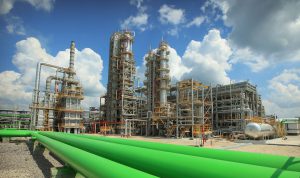
Midrex new project
Midrex is a technology and a factory founded in 1978 in Qatar to produce steel. The biggest module of MIDREX and its new project has about 1.8 million tons of production started its work in 2007. Midrex module is now capable of producing the goods just like a blast furnace.
Steel production with MIDREX technology uses natural gases in the process. DRI is the technology used in the MIDREX process and during this process, the iron ore is reformed with natural gas. DRI is mostly used as a supplement in EAF.
Direct reduced iron composition
DRI or direct reduced iron and its composition are used in the production of slabs and ingots. The physical form of sponge iron is directly explaining the name. the sponge iron has a high purity of iron which with the decrease of iron scrab and its increase of price faces some difficulties now.
About 5 percent of steel production goes to sponge iron and it is growing every day. The sponge iron is derived from the direct reformation of iron ore. And has its own usages in the market and steel industry. As we discussed above the importance of sponge iron is clear to all the industries involved.
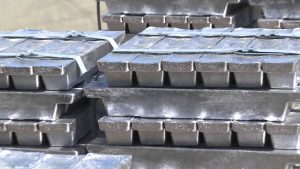
Iron ore Briquetting Process
The steel industry is one of the industries using the iron ore briquetting process on a large scale. During the process, the inputs go into the machine and produce sponge iron pellets and CBIC. Cold briquetted iron and carbon is another new product introduced to the sponge iron industry.
Iran is competing in the market with India and China In producing steel and iron products and of course, has the potential to cease the market in the middle east. The strategic and geographical location of Iran gives a phenomenal opportunity to the country.
Iran is becoming a bridge to connect the east to the west and now with all the production lines in Iran and the resources they have, has a bright future. It is a good opportunity for the investors and exporters to meet IRAN and get an advantageous position in the region.
You can contact us to buy and sell this product:
Sales consultant: Ms. Leila Nematzadeh
Ways of communication: Phone number: 02147623014
Phone number: 02147623014
 Phone number: 04133660491
Phone number: 04133660491
 Phone number: 09120169267
Phone number: 09120169267
 WhatsApp Response (Skype): click
WhatsApp Response (Skype): click
 Instagram: simurgh_steel_company@
Instagram: simurgh_steel_company@
 email: info@simurghsteelco.com
email: info@simurghsteelco.com
 email: ironore110@gmail.com
email: ironore110@gmail.com
 Facebook: ironore110@
Facebook: ironore110@
 LinkedIn: simurgh-iron-and-steel-company-a68295180@
LinkedIn: simurgh-iron-and-steel-company-a68295180@
 twitter: CoSimurgh@
twitter: CoSimurgh@

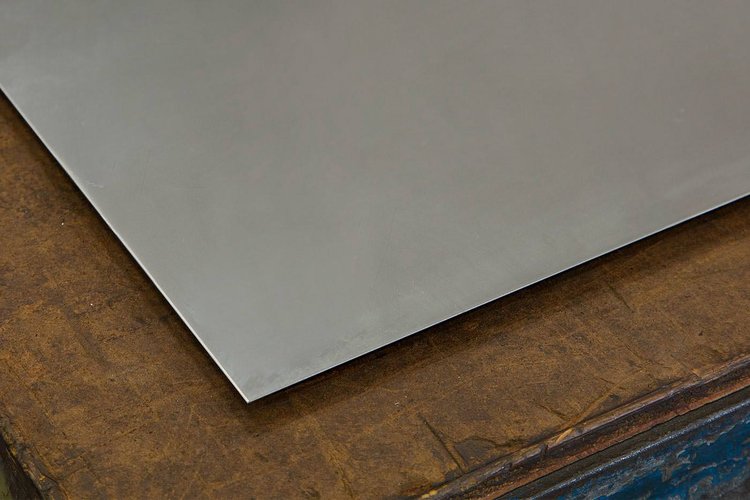
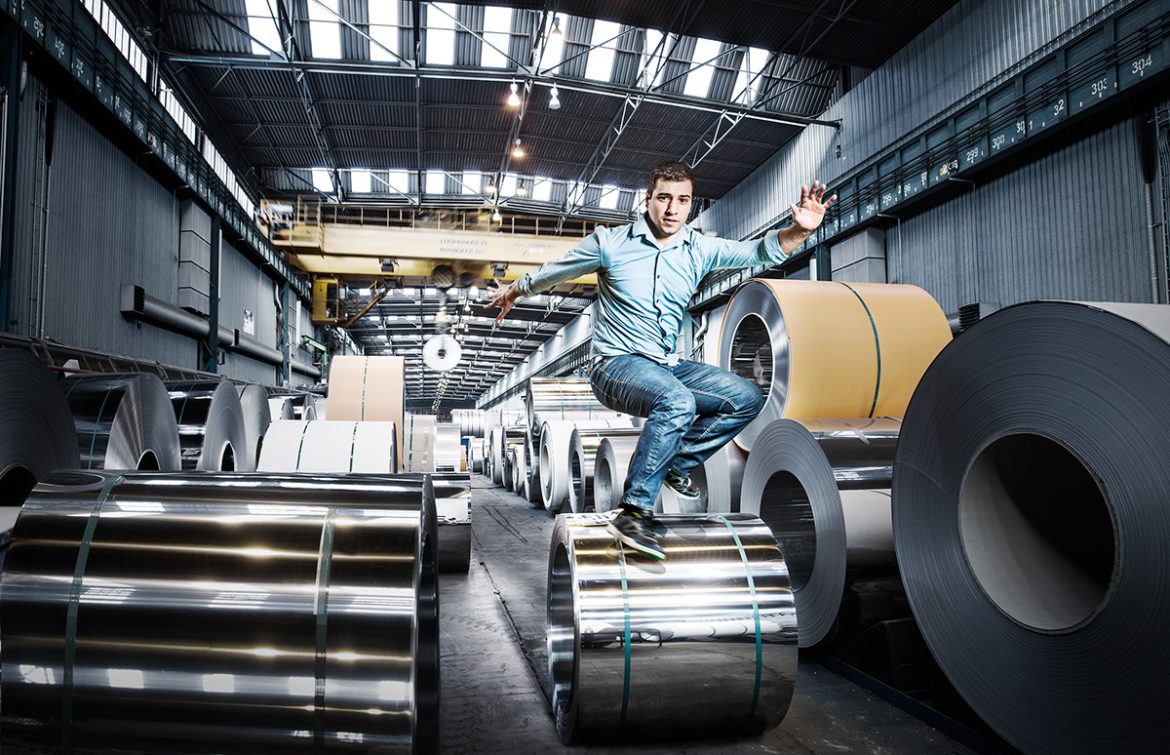


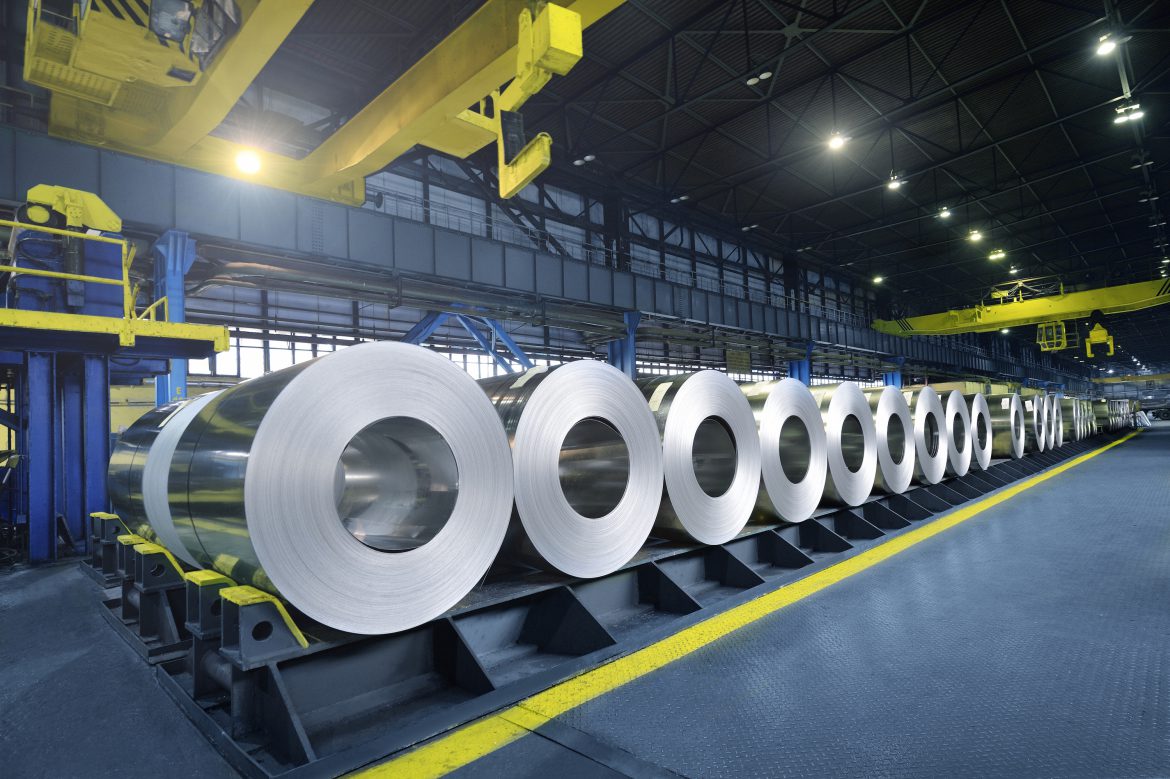

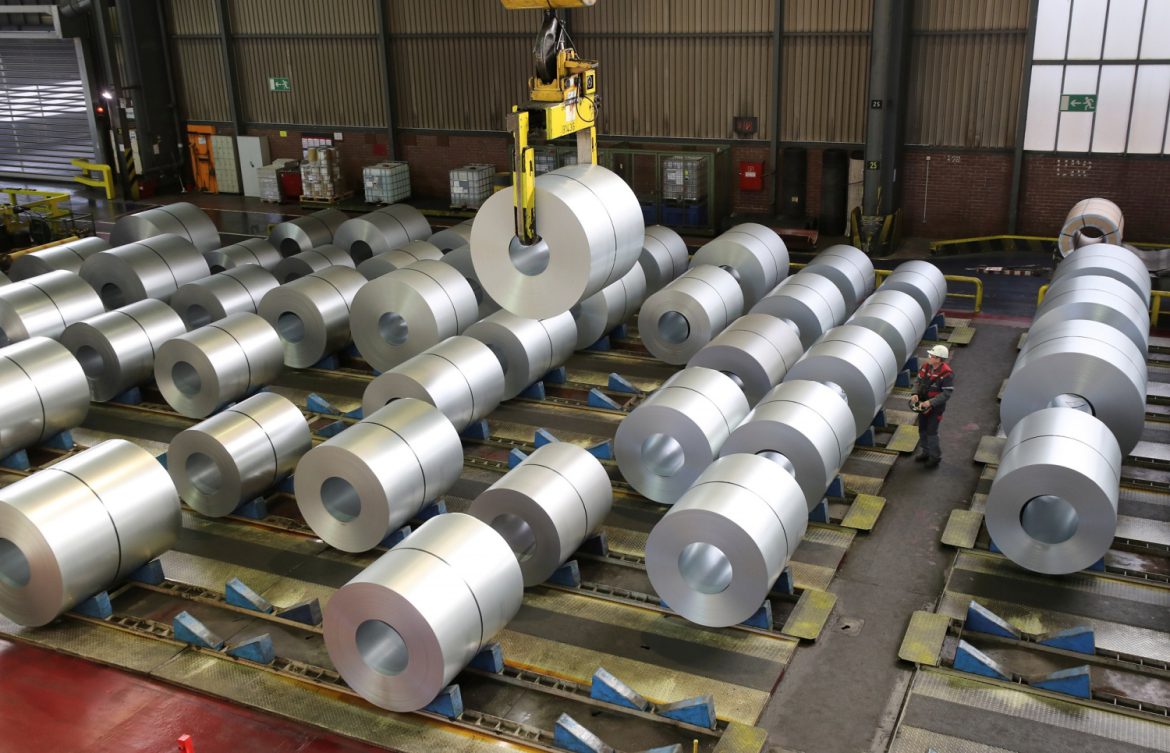
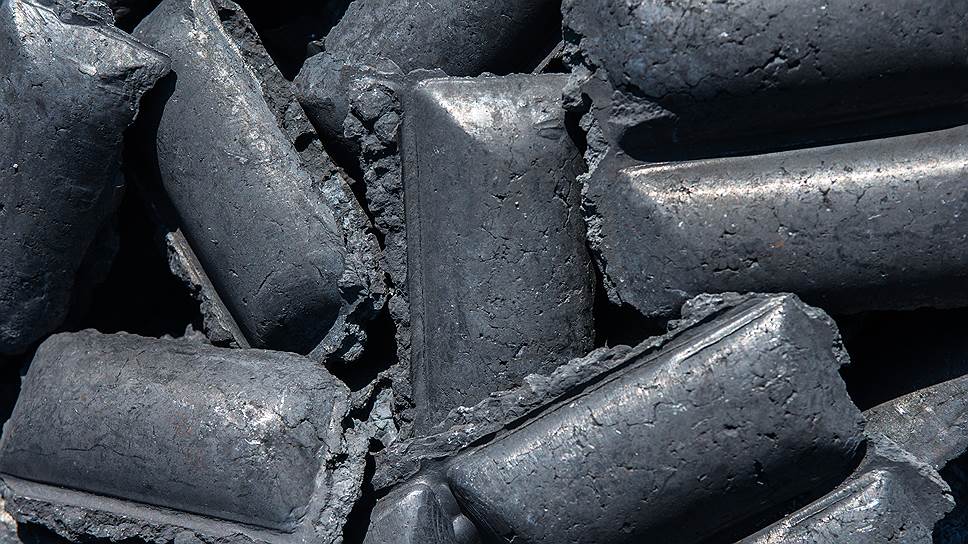

Your comment submitted.